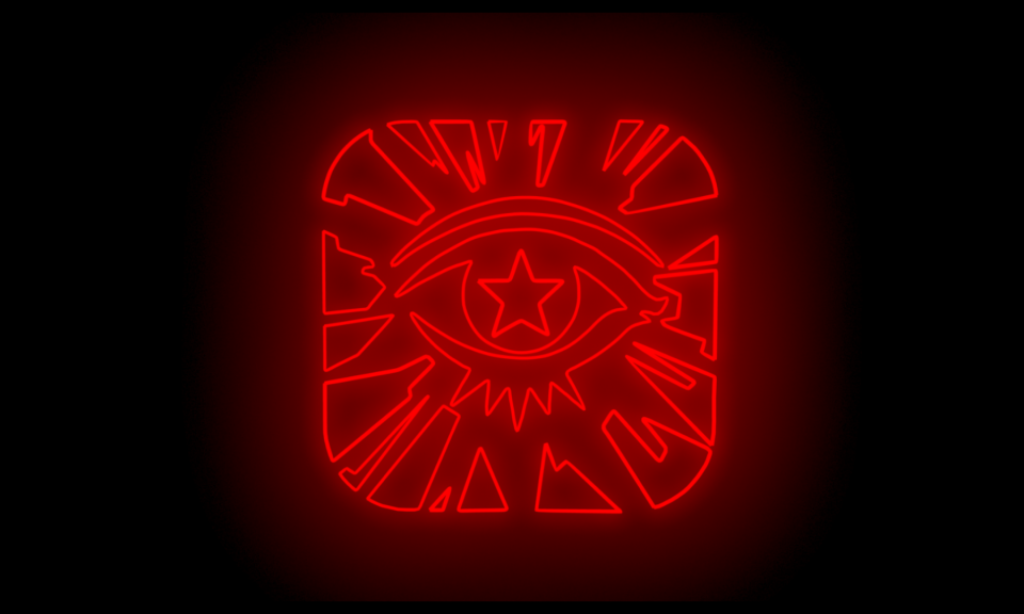For two sessions, we had guest lectures from Ed, who came from Autodesk.
The first consisted of some discussion about how applying for jobs in this industry works. We had discussions on building a strong résumé, as well as updating our Linkedin profiles.
During this discussion, I did begin the process of reformatting a LOT of my employment-related items to better suit applying for jobs in the industry. Before, my main CV consisted of just my work experience and grades, but I tried creating a VR CV that only used relevant information for job applications, as well as reformatting my blog to organize it better in hopes of using it as a portfolio of sorts.
A smaller, but just as important element was creating a ‘tagline’ for our LinkedIn page, which would be used for any onlookers on the sight to gauge who we were, what we were studying, and what we were working on. Mine was: Adaptive game developer | BA Virtual Reality Student | Creating hybrid hand system from the ground up for virtual reality
This lecture did give me some incentive to start looking for internship positions much stronger, with me going out of my way to message the HR team at CM Games (a developer who’s VR work I follow) to see if they had any jobs. I was fortunate enough to have a personal connection to the company, with my mother knowing one of the lead members of the team. Using that opportunity, I found the contact details and sent over this cover letter:
Dear Mr Funtikov
I was suggested to contact you directly by our mutual acquaintance Martin Villig so let me introduce myself.
My name is Jamie Flack, I am a 21-year-old student who is currently enrolled in my second year in a BA(Honors) Virtual Reality course at University of the Arts London. I am looking to do my internship this summer, which has brought me to CM Games. I am an avid fan of your immersive VR experience ‘Into the Radius’ and would be overjoyed to work alongside the team responsible for it.
If my application in successful, I would be interested in joining you for an internship in the coming summer during the large break in my studies. I am currently based out of London, however, I do have dual citizenship in Estonia, so I could manage a remote internship or stay in Estonia if needed.
I bring two years of experience developing VR experiences at university, having gained skills in 3D modeling and animation in Autodesk Maya, as well as virtual reality development and C# coding skills in Unity. Besides this, I also have experience working in team-based projects on a global scale, and have successfully created multiple Virtual Reality experiences that garnered me high grades during my course.
I consider my strengths to be primarily in the areas of 3D modeling, however I have plenty of knowledge in other areas to use if and when. Regardless, I will be happy to learn anything and everything you possibly have to offer.
I believe my knowledge and experience would be useful during my time at CM games, and I know that the insight and knowledge your company’s team members could grant me would be immensely beneficial, and give me the best kickstart in the industry I could possibly ask for.
Please find me CV attached below. I hope you take my application into consideration, and I look forward to hearing from you soon.
Kind Regards Jamie Flack
While I was unsuccessful with my application, I believe my cover letter was strong, and still think the advice Ed gave definitely helped me present myself in a much stronger light.
For the other lecture we had the next week, we focused on trying to emulate the development pipeline discussions that companies have when brainstorming a game. To start, we were given a brief to create a multiplatform VR experience that could rely on the confines of the Oculus Quest room-scale size. After some discussion, we began brainstorming elements that would be needed to develop. While most of the items needed were quite obvious, it did show that working well to identify exactly what you need to develop for your experience from the start is crucial for successfully developing a project on any scale.
While both lectures brushed ideas I was already aware of, they did so in a much more illuminating light, giving me the knowledge, and the incentive, to understand the processes.
